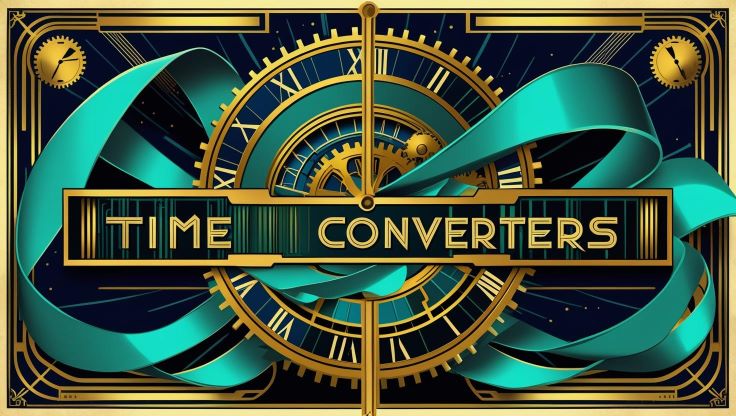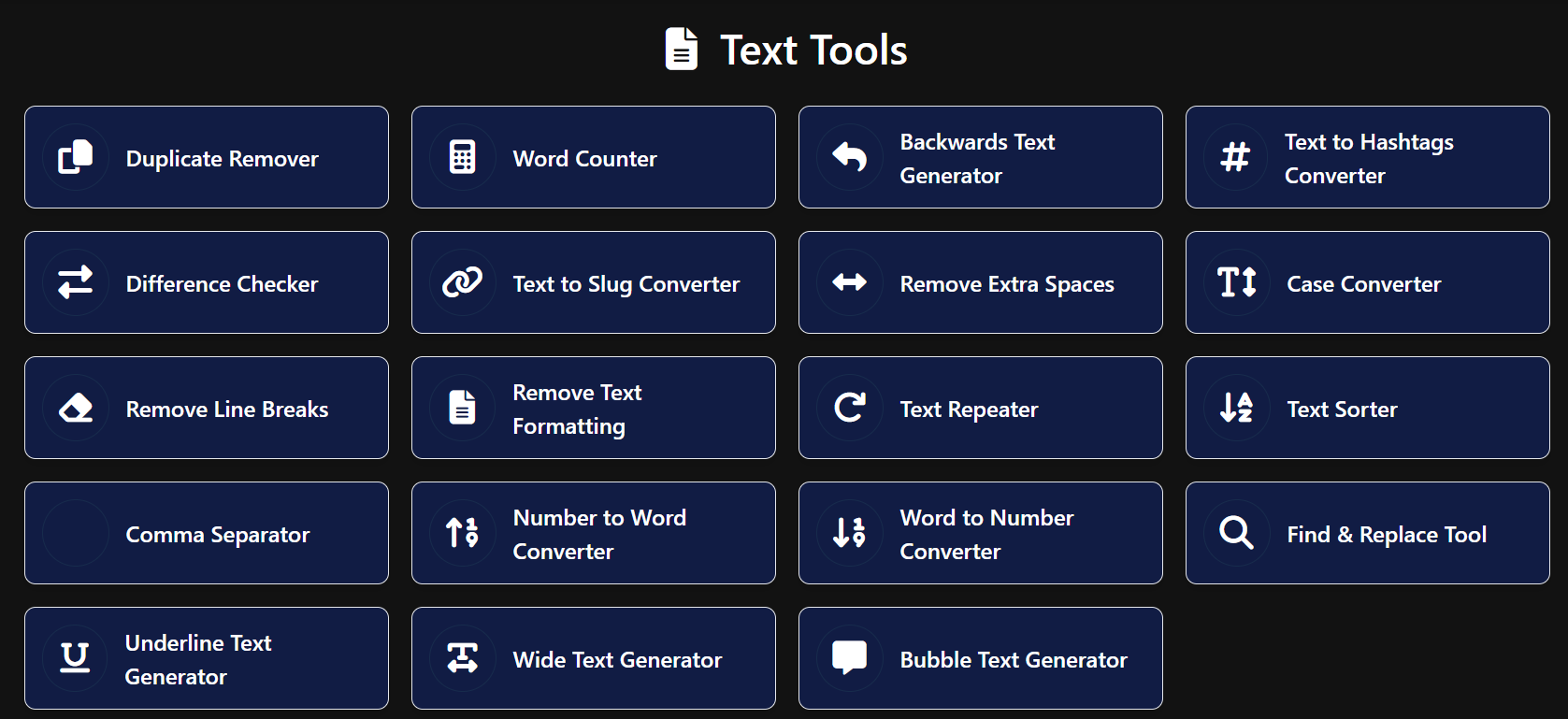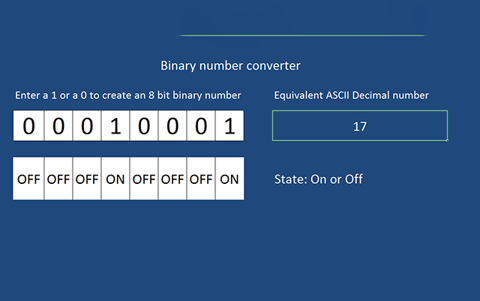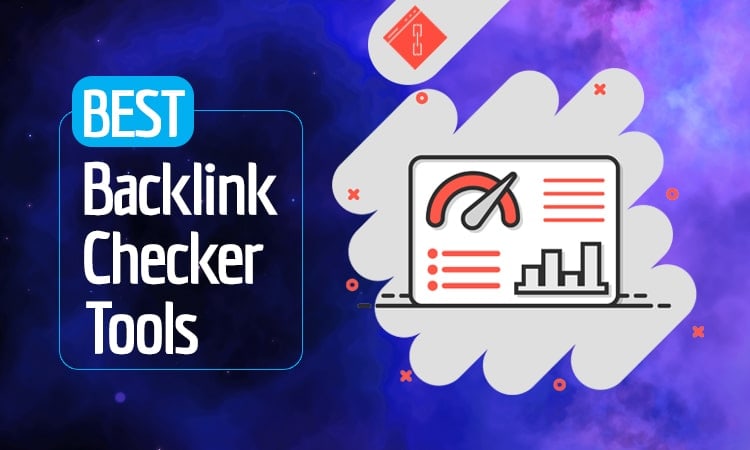Introduction
In our globally connected world, coordinating meetings, events, or calls across multiple time zones is a daily challenge. A small mistake in conversion can lead to missed appointments or confusion. That’s where online time zone converters come in: simple, reliable, and accessible tools that help you convert times between regions instantly.
In this blog, I’ll present 9 of the best online time converters you can use today — with pros, cons, tips, and use-cases. Whether you're scheduling with remote colleagues, traveling, or just curious, these tools simplify things.
Why Use a Time Zone Converter?
Before diving into tools, let’s briefly outline why they’re essential:
-
Avoid errors and confusion: Manual conversion risks forgetting daylight saving time (DST) adjustments or miscounting hour offsets.
-
Speed & convenience: With converters, you instantly see corresponding local times without mental math.
-
Multiple zones at once: Many tools let you compare 3, 4, or more zones side by side — crucial for global collaboration.
-
Shareable links or embeds: Some converters generate shareable URLs or embed codes, making it easy to distribute time conversion charts.
-
Automatic DST handling: Good tools automatically account for daylight saving changes — no manual toggles needed.
9 Best Time Converters to Easily Convert Time Zones Online
Below is a curated list, in no particular order, of excellent online converters (and meeting planners) with distinct strengths.
1. TimeandDate (Time Zone Converter & Meeting Planner)
Website: TimeandDate.com
Why it’s good: TimeandDate is one of the most trusted and comprehensive tools. It not only converts between time zones but also integrates a Meeting Planner to find suitable meeting slots across multiple locations. Time and Date+1
Key Features:
-
Choose multiple cities or zones and see side-by-side comparisons
-
Meeting Planner shows block times where all participants overlap
-
Handles DST transitions automatically
-
Shareable links to conversion charts
-
Mobile friendly
Pros:
-
Highly reliable and well maintained
-
Great for scheduling multi-participant meetings
-
Very flexible (past, present, future dates)
Cons:
-
Interface can feel busy if too many zones are added
-
Not always the most minimalistic visually
2. World Time Buddy
Website: WorldTimeBuddy.com
Why it’s good: A sleek and intuitive interface makes World Time Buddy a favorite for many. It combines time zone conversion with meeting planning features. Worldtime Buddy
Key Features:
-
Drag & drop interface for selecting time slots
-
Save and reorder favorite locations
-
Integration with calendar apps (Outlook, iCal, Google Calendar)
-
Widgets for embedding or quick glance
Pros:
-
Very visual and user-friendly
-
Ideal for comparing several zones at once
-
Quick sharing and calendar export
Cons:
-
Free version has some limitations (number of zones saved, etc.)
-
Ads can occasionally distract in the free tier
3. Time.is
Website: Time.is
Why it’s good: Time.is is known for accuracy (to the atomic clock level) and supports a wide number of global locations. time.is
Key Features:
-
Live “compare time” tool
-
Display of daylight durations, sunrise/sunset
-
Supports timezones, cities, and offsets
-
Clean minimalist interface
Pros:
-
Extremely accurate and reliable
-
Simple and uncluttered
-
Good for quickly checking a conversion
Cons:
-
Less suited for scheduling multi-user meetings
-
Fewer “planner” features compared to full meeting tools
4. SavvyTime
Website: SavvyTime.com
Why it’s good: SavvyTime’s interface is clean and made for comparing multiple time zones at once. It also allows generation of permanent shareable links. SavvyTime
Key Features:
-
Compare times across many zones in a table view
-
Day/night shading helps visualize which regions are in daylight
-
Supports both offset and actual city / region names
-
Permanent shareable URL
Pros:
-
Great for visual comparisons
-
Easy to share a time conversion with others
-
Reliable DST awareness
Cons:
-
Doesn’t have full calendar scheduling features
-
May not handle very exotic or remote timezones as well
5. Dateful Time Zone Converter
Website: Dateful.com/time-zone-converter
Why it’s good: Dateful offers an instantly updating conversion as you type, with a very user-friendly, minimal interface. Dateful
Key Features:
-
Converts in real time as you type
-
Switch direction (A → B, B → A) easily
-
Supports major cities and timezones
-
Share links
Pros:
-
Very fast and intuitive
-
Excellent for quick conversions
-
Clean design
Cons:
-
Fewer features for multi-participant scheduling
-
Doesn’t always support deep customizations
6. Timezone Wizard
Website: TimezoneWizard.com
Why it’s good: Timezone Wizard focuses on meeting planning across zones without complexity. TimezoneWizard
Key Features:
-
Input participant cities, get available meeting times
-
Color coding for day/night
-
Shareable meeting links
Pros:
-
Specialized tool for meeting planning
-
Simple interface tailored to collaborative scheduling
Cons:
-
Less general purpose as just a converter
-
Limited in the number of participants and zones
7. Every Time Zone
Website: Everytimezone.com
Why it’s good: Very visual slider-style interface that makes it easy to see corresponding times across zones. Every Time Zone
Key Features:
-
Interactive slider you can drag to change time
-
Real-time adjustment across zones
-
Quick links to share or bookmark
Pros:
-
Visually engaging and intuitive
-
Good for casual use and quick reference
Cons:
-
Not ideal for formal meeting scheduling
-
Limited advanced features
8. Calculator.net Time Zone Converter
Website: (via Calculator.net time zone converter tool)
Why it’s good: For more technical users, this offers simple input of time + offset conversions with flexibility. (Described in a review list of converters) Teamup Blog
Key Features:
-
Enter base time and time zone offsets
-
Quick arithmetic for less common zones
-
Good fallback when city names are ambiguous
Pros:
-
Useful for custom or obscure conversions
-
Lightweight and straightforward
Cons:
-
More manual (you need to know offsets)
-
Doesn’t automatically handle DST or complex rules
9. TimeTrex USA Time Zone Calculator (for U.S.)
Website: TimTrex.com (USA Time Zone Calculator)
Why it’s good: If your scheduling is primarily inside the U.S., TimeTrex offers a specialized converter for U.S. time zones (Eastern, Central, Mountain, Pacific, etc.) with DST awareness. TimeTrex
Key Features:
-
Select your U.S. time zone and target U.S. zone
-
Enter time, get instant conversion
-
Shows all U.S. zones side by side
Pros:
-
Very convenient for U.S.-based scheduling
-
Simple interface aimed at U.S. zones
Cons:
-
Not useful for global conversion
-
Limited flexibility outside U.S. zones
Comparison Table
| Tool | Best For | Multi-zone support | Meeting Planner / scheduling | Ease of use / UI | DST Handling |
|---|---|---|---|---|---|
| TimeandDate | All-purpose / Enterprise | ✅ | ✅ | Moderate | ✅ |
| World Time Buddy | Visual planning | ✅ | ✅ | High | ✅ |
| Time.is | Quick reference | Limited | No | Very clean | ✅ |
| SavvyTime | Comparison & sharing | ✅ | No | Clean table | ✅ |
| Dateful | Instant conversion | Limited | No | Very intuitive | ✅ |
| Timezone Wizard | Meeting coordination | ✅ | ✅ | Moderate | ✅ |
| Every Time Zone | Visual slider | ✅ | No | Very visual | ✅ |
| Calculator.net | Technical / offsets | Limited | No | Basic | – (manual) |
| TimeTrex (U.S.) | U.S.-centric | ✅ (U.S. only) | ✅ | Simple | ✅ |
Tips on Choosing the Right Time Converter
-
Scope matters
-
If you often schedule meetings across many zones, choose ones with meeting-planner features (TimeandDate, World Time Buddy, Timezone Wizard).
-
For quick lookups or casual use, lighter tools like Time.is or Dateful may suffice.
-
-
User interface preference
-
Some people prefer table views (SavvyTime), others prefer sliders (Every Time Zone) or calendar overlays (World Time Buddy).
-
Test a few and see which feels more intuitive for your workflow.
-
-
DST and updates
-
Always ensure the tool automatically handles daylight saving shifts.
-
Use tools with regular updates and good credibility to avoid mis-calculations during DST transitions.
-
-
Shareability and embedding
-
Tools that generate shareable links or embeds let you easily distribute schedule options to others without requiring them to open your same tool.
-
-
Mobile access
-
Check if the tool is mobile responsive or if it has a dedicated app—handy when you’re on the move.
-
-
Fallback to manual tools
-
In rare or custom cases (odd offsets, regions with special rules), tools like Calculator.net or manual offset calculation can serve as fallback.
-
Sample Use-Case Walkthrough
Let’s say you are in New Delhi (India) and you need to schedule a meeting that works for participants in San Francisco (USA) and London (UK).
-
Open TimeandDate Meeting Planner
-
Add “Delhi, India”, “London, UK”, “San Francisco, USA”
-
It displays possible time blocks (e.g., 8 PM Delhi / 3:30 PM London / 7:30 AM San Francisco) that overlap.
-
You can click the time, share the link, and export to calendars.
Alternatively, you could use World Time Buddy: add those three zones, drag to find a time block that overlaps for all, then export event to Google Calendar.
For a quick check, you can type “3:00 PM Delhi to London, San Francisco” into Dateful or SavvyTime and instantly see equivalents.
Potential Pitfalls & How to Avoid Them
-
Daylight Saving Time (DST) confusion: Always double-check that the tool is aware of DST changes in all zones.
-
Unusual offset zones: Some regions use half-hour or quarter-hour offsets (e.g. India is UTC+5:30) — use tools that support those (TimeandDate, SavvyTime, etc.).
-
Time zone name ambiguity: Some city names exist in multiple countries — ensure the correct region is selected.
-
Over-reliance on one tool: It’s smart to check a second converter if stakes are high (e.g. international broadcast, legal deadlines).
-
Connectivity / browser issues: Always have a fallback (a second tool, or your smartphone) in case one tool is down or blocked.
Conclusion
Choosing the right time zone converter depends on your needs:
-
Want full meeting scheduling and multi-zone support? → go for TimeandDate or World Time Buddy.
-
Need clean, visual comparisons? → try SavvyTime, Every Time Zone, or Time.is.
-
For U.S. specific scheduling, TimeTrex is a great niche option.




